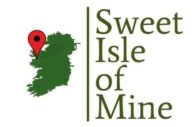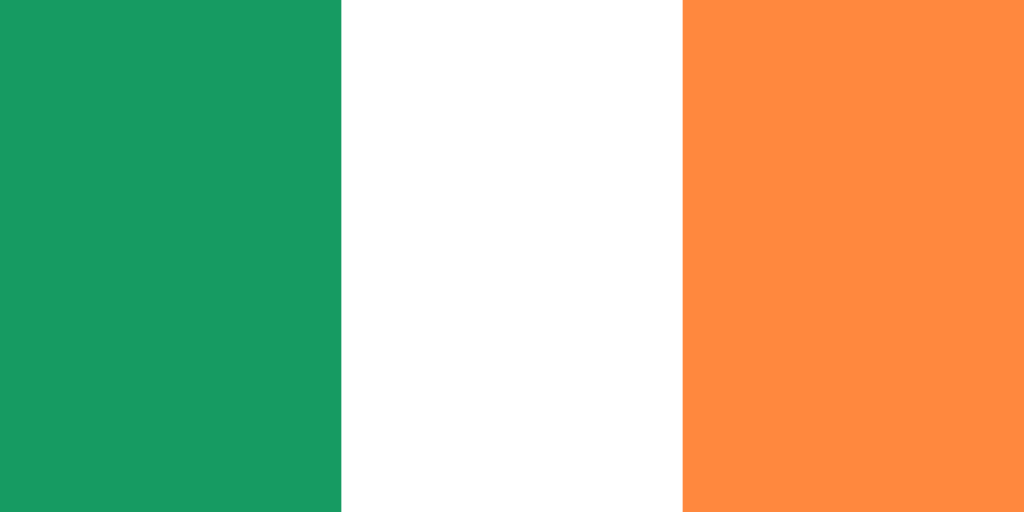
The Irish flag, also known as the tricolor, or in Irish ‘Bratach na hÉireann’ is a beautiful symbol of the nation of Ireland.
The flag features three vertical stripes in green, white, and orange. It has been used in various forms since 1848 and officially adopted by the Irish Free State in 1921. Let’s take a closer look at this symbolic banner and its history.
The Meaning Behind the Colours
The colours of the Irish flag each represent something significant to Irish culture and history.
Green is for the native people of Ireland, who are predominantly Roman Catholic; white is for peace between Protestant Unionists and Catholic Nationalists; and orange is for William of Orange, a Protestant leader who was victorious in the Battle of the Boyne against the Catholics in 1690.
These colours were first combined on a flag by Thomas Francis Meagher in 1848 when he presented it to an Irish revolutionary group named The Young Irelander Rebellion. He is quoted as saying:
“The white in the centre signifies a lasting truce between the ‘Orange’ and the ‘Green’, and I trust that beneath its folds the hands of the Irish Protestant and the Irish Catholic may be clasped in generous and heroic brotherhood.”
Little did he know of what lay ahead for Ireland’s struggle for independence.
Official Adoption
In 1916, during the Easter Rising rebellion against British rule, a version of Meagher’s flag was flown over Dublin’s General Post Office alongside other flags that had been used by previous nationalist movements.
After gaining independence from Britain in 1921, Ireland officially adopted Meagher’s design as their national flag. In 1937, an act was passed that declared any change or alteration to be illegal without parliamentary approval—this means that even today the tricolour remains unchanged from its original form!
Nowadays, they are found in all shapes and sizes, from miniature to large outdoor flags.
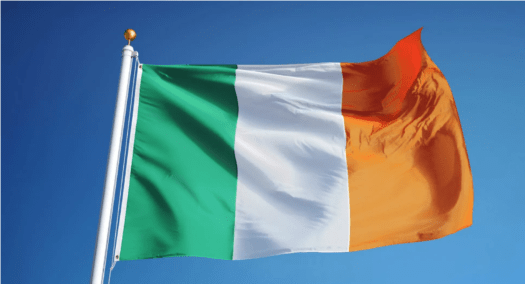
The Flag Used Before The Tricolour
Before the tricolour was adopted, the flag of ireland was all green with a golden harp. The harp is in fact the national symbol of Ireland with Ireland being the world’s only country with a musical instrument as its national symbol.
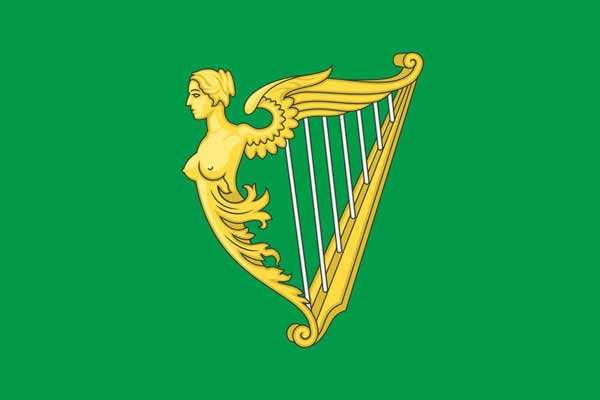
It is believed this flag originated from the Irish rebel commander Owen Roe O’Neill of the famous O’Neill clan whose army rebelled against British rule in the year 1671.
Because of the fact that Ireland pre 1916 was technically still under British rule, this green flag was actually the unofficial flag of Ireland.
The Presidential Standard Flag
The flag of the president of Ireland, who is currently Michael D: Higgins, is a slightly different adaptation of the original Irish flag. This flag has a golden harp with a blue background. If this is flying over the president’s house, Áras an Uachtaráin, it signifis the president is currently at home.
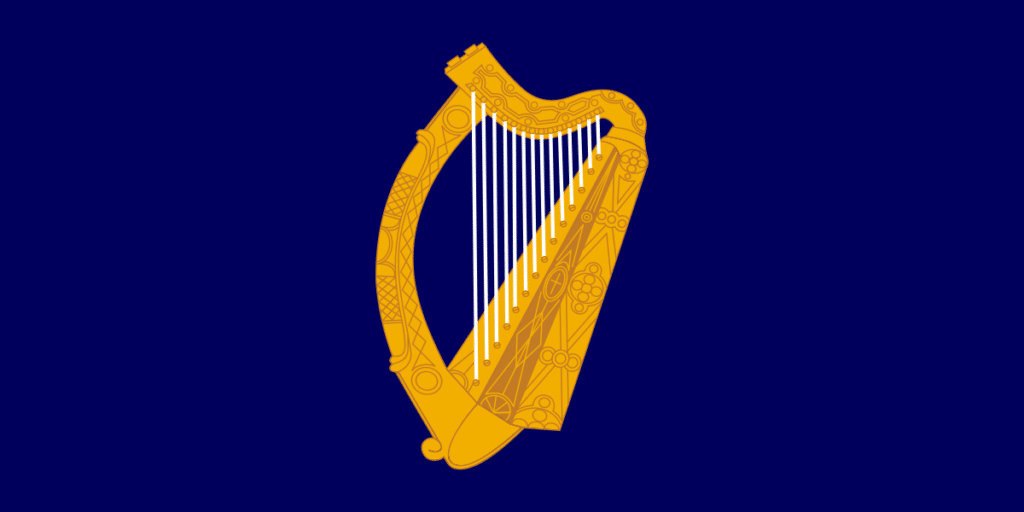
Fun Fact: The colour blue was the official colour of Ireland for centuries, a colour which was always assocaited with Saint Patrick.
Irish Pride
Today, the tricolour is seen everywhere throughout Ireland from government buildings to private homes and is often used as a symbol of national pride among the Irish people.
It can be found flying on the 17th of March, St Patrick’s Day (our national holiday), or during sporting events such as football (soccer) matches or Olympic Games competitions where athletes are representing Ireland.
The tricolour is also widely recognised across Europe and around the world as a sign of solidarity with those who support Irish independence from Britain. From miniature to large outdoor versions, it’s easy to
Conclusion
From its humble beginnings as part of an uprising against British rule to its present day role as a symbol of national pride for all things Irish, this tricolour banner holds an important place in Irish history.
So if you ever find yourself in need of some inspiration while traveling through this beautiful country or anywhere else for that matter, you may want to glance up at one of these flags waving proudly above you. Who knows? Maybe it will remind you just how special this country truly is!
If you are curious about any other fascinating facts regarding Ireland, its culture, geography or even Saint Patrick, have a look here for more information.
